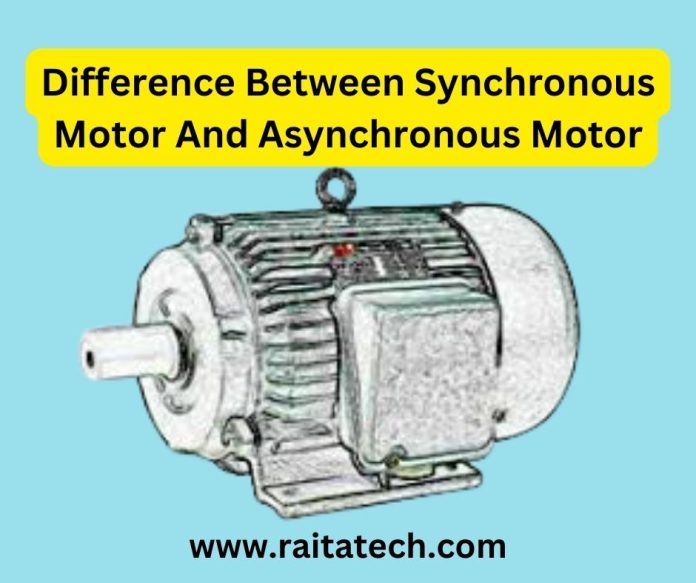Difference between synchronous motor and asynchronous motor
Speed of operation: A synchronous motor runs at a constant speed that is directly related to the frequency of the power supply. It relies on the interaction between the rotating magnetic field of the stator and the rotor’s magnetic field to generate torque. On the other hand, an asynchronous motor runs at a speed slightly slower than the synchronous speed.
Synchronization: The rotor of a synchronous motor must be in synchronism with the stator’s rotating field to function properly. In contrast, an asynchronous motor does not require synchronization between the rotor and stator, as it uses the principle of electromagnetic induction to generate torque.
Starting methods: Synchronous motors have a direct-on-line starting method, which means that it can start running on full load without any additional equipment. In contrast, asynchronous motors have a different starting method such as star-delta, autotransformer or soft starter.
Efficiency: Synchronous motors are less efficient than asynchronous motors due to the use of exciter field current.
Maintenance: Synchronous motors need more maintenance as compared to asynchronous motors because of the exciter field winding.
Power Factor: Synchronous motors have a leading power factor while asynchronous motors have a lagging power factor.
Applications: Synchronous motors are used in applications where constant speed is required such as in clocks, timing devices, AC generators, etc. On the other hand, asynchronous motors are used in applications where variable speed is required such as in fans, pumps, conveyors, etc.


